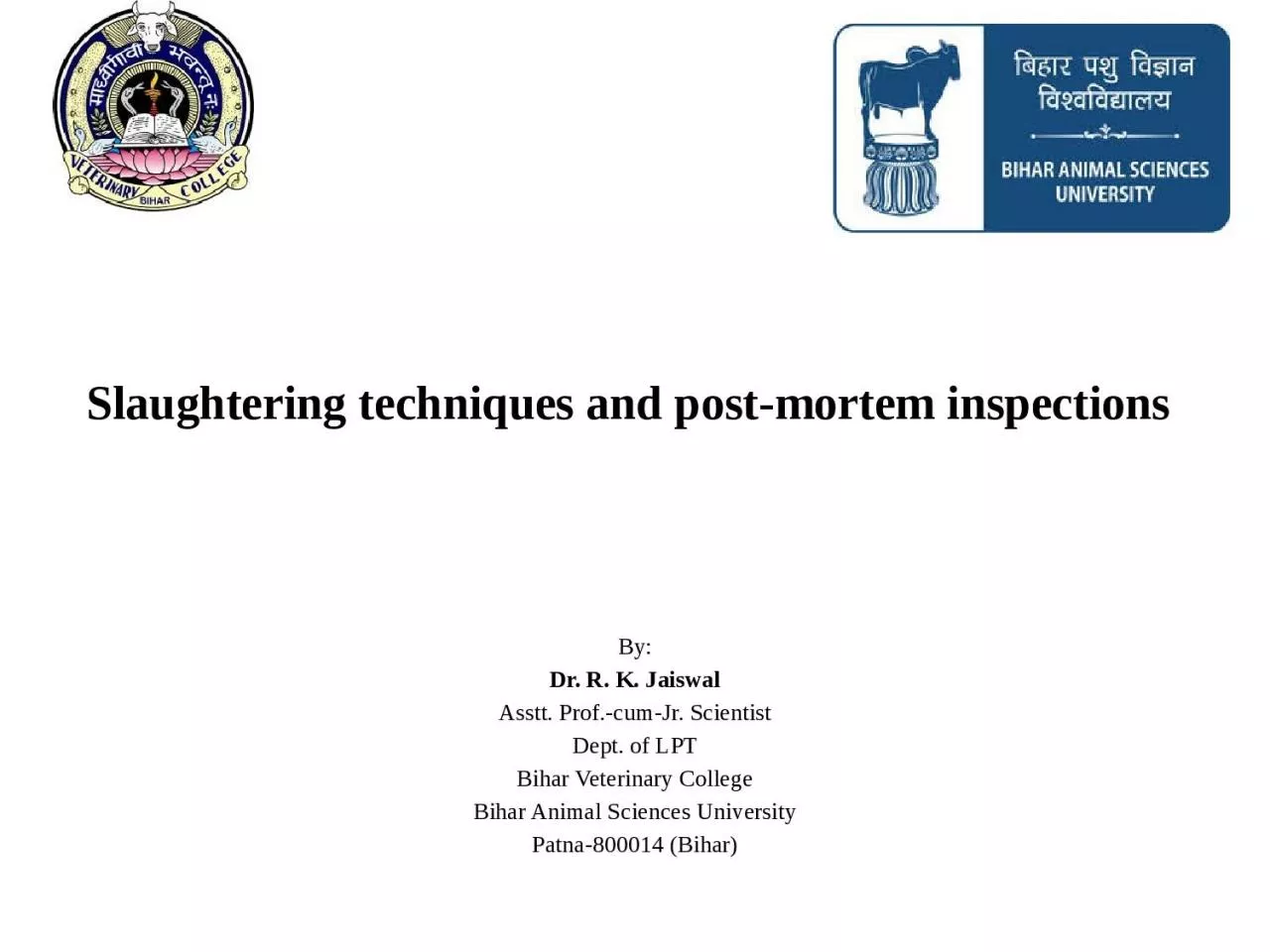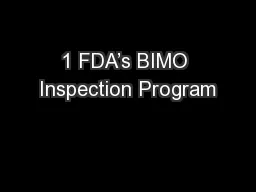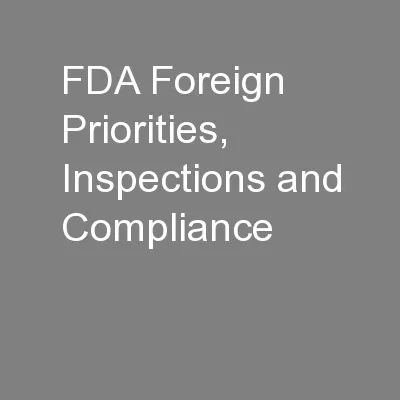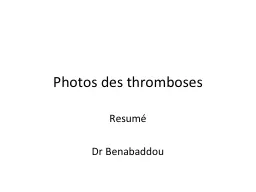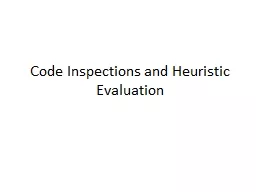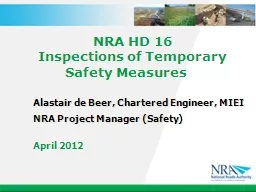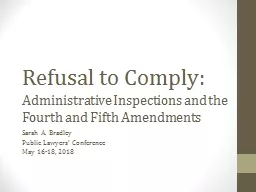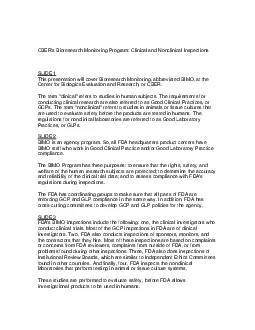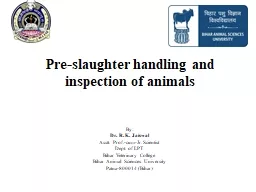PPT-Slaughtering techniques and post-mortem inspections
Author : Outlawking | Published Date : 2022-08-02
By Dr R K Jaiswal Asstt ProfcumJr Scientist Dept of LPT Bihar Veterinary College Bihar Animal Sciences University Patna800014 Bihar Flow chart for beef slaughter
Presentation Embed Code
Download Presentation
Download Presentation The PPT/PDF document "Slaughtering techniques and post-mortem ..." is the property of its rightful owner. Permission is granted to download and print the materials on this website for personal, non-commercial use only, and to display it on your personal computer provided you do not modify the materials and that you retain all copyright notices contained in the materials. By downloading content from our website, you accept the terms of this agreement.
Slaughtering techniques and post-mortem inspections: Transcript
Download Rules Of Document
"Slaughtering techniques and post-mortem inspections"The content belongs to its owner. You may download and print it for personal use, without modification, and keep all copyright notices. By downloading, you agree to these terms.
Related Documents

